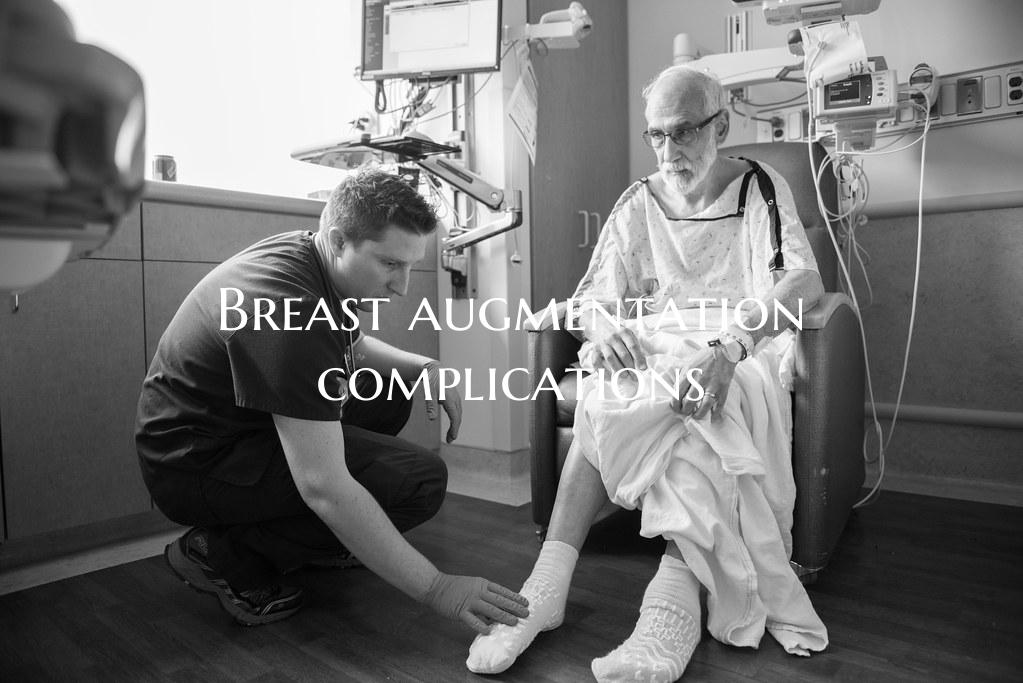
Breast augmentation complications
Breast augmentation surgery is a common cosmetic procedure that can enhance a woman's appearance and self-confidence. While many women are satisfied with the results of their breast augmentation, it is essential to be aware of potential complications that can arise.
1. Infection: One of the most common complications following breast augmentation is an infection. This can occur if bacteria enter the body during or after surgery. Symptoms of an infection may include fever, redness, swelling, and increased pain at the surgical site. Prompt treatment with antibiotics is essential to prevent further complications.
2. Capsular contracture: This complication occurs when scar tissue forms around the breast implant, causing it to harden and distort the shape of the breast. Mild cases may only result in discomfort, but severe cases can lead to pain and changes in the appearance of the breast. Treatment may involve additional surgery to remove the scar tissue and replace the implant.
3. Implant rupture: Breast implants are not designed to last a lifetime, and over time, they may rupture or leak. This can happen due to trauma, normal wear and tear, or manufacturing defects. Ruptured implants may cause pain, changes in breast shape, and silicone leakage. Surgery is usually required to remove and replace the ruptured implant.
4. Changes in sensation: After breast augmentation surgery, some women may experience changes in sensation in the breasts or nipples. This can range from increased sensitivity to numbness. While these changes are often temporary, in some cases, they may be permanent.
5. Scarring: All surgical procedures result in some degree of scarring, and breast augmentation is no exception. The extent of scarring can vary depending on the surgical technique used and an individual's healing process. While efforts are made to minimize scarring, some patients may be more prone to developing noticeable scars.
6. Asymmetry: Achieving perfect symmetry is challenging in any cosmetic procedure, including breast augmentation. Some degree of breast asymmetry is normal, but significant differences in size, shape, or position may require corrective surgery.
It is crucial for anyone considering breast augmentation to discuss the potential risks and complications with their plastic surgeon. By understanding these possible issues, patients can make informed decisions and be prepared for any challenges that may arise during or after surgery. Regular follow-up appointments with the surgeon can help monitor for complications and ensure optimal long-term outcomes.